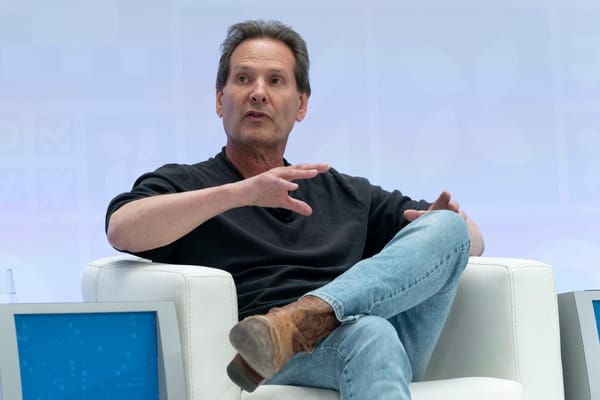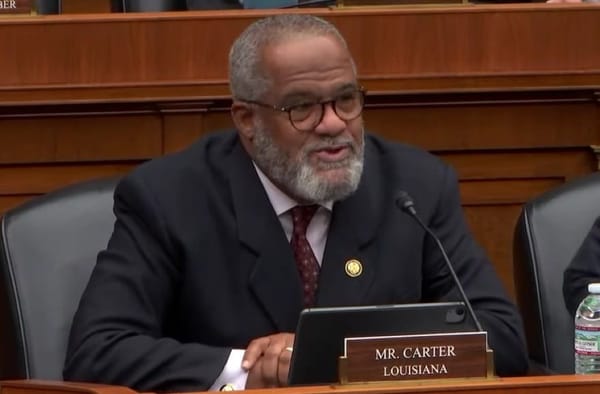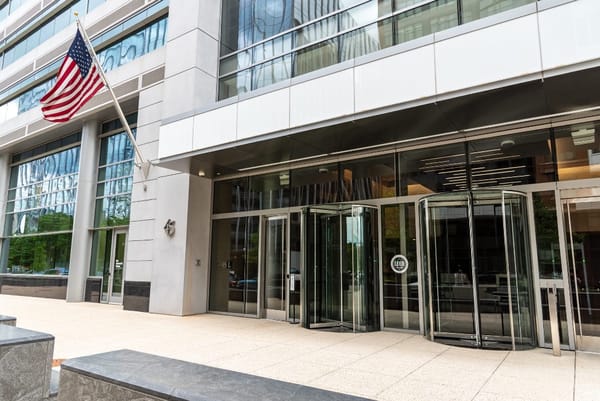U.S. Window of Opportunity for Open Radio Access Networks is Closing, Say Panelists
February 24, 2021—Some experts suggest that the future of wireless connectivity is in open radio access networks, but the window of opportunity for the U.S. to lead the way in this endeavor is closing. Radio access networks comprise physical pieces of equipment – such as antennae or other hardware –
Benjamin Kahn

February 24, 2021—Some experts suggest that the future of wireless connectivity is in open radio access networks, but the window of opportunity for the U.S. to lead the way in this endeavor is closing.
Radio access networks comprise physical pieces of equipment – such as antennae or other hardware – that facilitates communication between user equipment and a network.
Open RAN is a movement to standardize those components for more companies to compete—as opposed to concentrating those components in a handful of large companies that own proprietary components—to increase competition and deliver better products, prices, and services.
Flynn Rico-Johnson, legislative director in the office of Rep. Doris Matsui, D-Calif., was a panelist for a discussion about open RAN at the Connect X policy summit on Tuesday.
He said for the U.S. to remain competitive in this effort, the federal government would need to take funding development and deployment of open RAN more seriously.
“We want to see [this funding] in the president’s budget—we think we’ve got a great shot for an infrastructure package.”
Rico-Johnson added that while the U.S. needs to begin to take these steps, other countries have already been moving in the right direction.
“Europe is moving forward—Germany has made clear investment goals in Open RAN,” he said. “If the U.S. doesn’t make aggressive moves early, we’ll fall behind.”
This sentiment was shared by Rico-Johnson’s fellow panelist Diane Rinaldo, the executive director for the Open RAN Policy Coalition, which is made up of 48 members including Verizon, Nvidia, Microsoft, Google, Amazon, and many other companies at the forefront of technology and innovation.
Diane Rinaldo was a guest on the Broadband Breakfast Live Online event in October 2020 about national security and trusted partners. See “Global Concern About 5G Security Has Become a Bipartisan Cause, Say Broadband Breakfast Panelists,” Broadband Breakfast, November 17, 2020
“Time is of the essence,” Rinaldo said. “If we want to incorporate Open RAN [into our infrastructure], we need to act.”
Rinaldo argued that Open RAN is going to be the future of RAN regardless of what action the U.S. decides to take, but it will be the decisions that U.S. policy makers make in the upcoming months and years that determine whether the U.S. will be leading the pack or trailing behind it.
“A big part of the conversation is international cooperation and collaboration,” Rinaldo said. “President Biden has said he wants to build international collaboration around the world.”
She explained that while working to deploy ORAN technology in the U.S. and in other first-world countries is an avenue that the current administration could exploit, the U.S. should also look to developing nations that they can assist in modernizing their broadband infrastructure.
Thierry Maupilé, executive vice president and chief of strategy and product management at Altiostar, said that as a technological hegemon, it is expected for the U.S. to pioneer ORAN. Headded if the U.S. wants to be able to compete with foreign countries, it needs to be able to implement ORAN technology.
“[The U.S. needs] to create an environment platform, which is going to make it much easier, much more attractive for investment to come in,” Maupilé said. “And that’s one of the major benefits that we see with this Open RAN.”










Member discussion